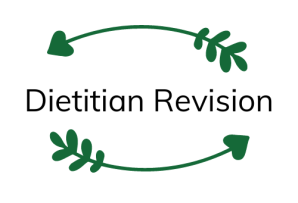Tube feeding provides the ability to give nutrition to those unable to eat enough orally. However, enteral nutrition is not without complications.
*This article contains affiliate links. I may earn a commission from qualifying purchases at no extra cost to you.
Enteral Nutrition
Enteral nutrition is when nutrients are provided via a tube that goes into the stomach or small intestine.
It also may be referred to as an enteral feeding, artificial nutrition, nutrition support, or tube feeding.
This type of nutrition is provided when eating orally is no longer safe due to cognitive or swallowing problems. Sometimes it is used in cases of malnutrition.
Learn more about tube feeding here: Feeding Tubes in the Elderly and Signs and Symptoms of Tube Feeding Intolerance.
Complications of Enteral Feeding
While there are benefits to enteral feeding, it is not without risks.
Severity of complications can vary depending on the type of feeding tube, age, gender, and underlying diseases (1).
Gastrointestinal complications are the most common, but there are also mechanical, metabolic, and infectious complications (2).
- Gastro-Esophageal Reflux Disease
- Aspiration
- Nausea and vomiting
- Tube malfunction
- Diarrhea
- Constipation
- Refeeding syndrome
- Infection
- Fluid imbalance
- Hyperglycemia
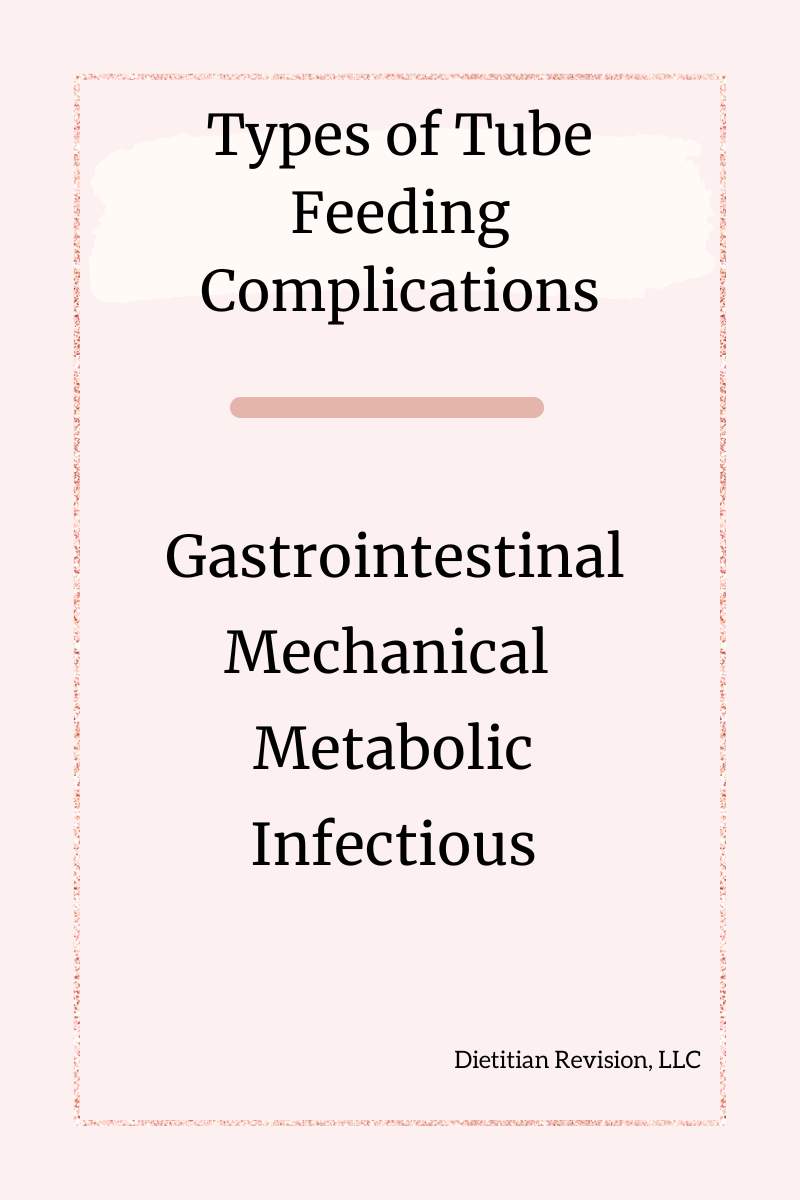
Reflux (GERD)
Gastroesophageal reflux disease occurs when stomach acid backs up into the esophagus. Reflux impacts 74% of people with gastrostomy tubes (3).
Tube feeding formula, along with stomach acid, can back up and lead to reverse aspiration. This can cause aspiration pneumonia.
Ensuring proper body elevation during and after feedings can help reduce this. If it persists with proper positioning then medications or feeding adjustment may be necessary.
Aspiration
Aspiration occurs when food or fluids go into the airway. It can lead to aspiration pneumonia, which is an infection of the lungs.
Saliva can be aspirated in severe cases of dysphagia.
Tube feeding formula can be “reverse aspirated” from the stomach into the lungs if regurgitation or vomiting is present.
Managing GERD, good oral care, and proper positioning for feeding administration can assist in decreasing likelihood of aspiration.
Nausea and Vomiting
Nausea and vomiting can occur with implementation of enteral nutrition, especially if prolonged poor oral intake was occurring prior.
Starting at a low rate and slowly increasing tube feeding can help reduce this. Positioning is also important.
Otherwise formula or medication adjustments may need to be made.
Tube Malfunction
Feeding tubes can have various mechanical malfunctions. The likelihood varies depending on the type of tube.
Feeding tubes can become dislodged and then require replacement. Abdominal binders can help keep tubes tucked away.
In severe cases of tube misplacement, bowel perforation can occur, where a hole can form in the gastrointestinal tract.
Clogging can also be an issue, especially with thicker formulas. Frequent water flushes are necessary to keep tubes flowing properly.
Diarrhea
Diarrhea is the most common complication for those receiving tube feedings (4). It may take time for the body to adjust to enteral feeds and loose stools to subside.
There are formulas that contain additional fiber to assist with this. Fluid needs and flushes may need adjustment as well.
Banana flakes may be an option to administer through the feeding tube to help reduce diarrhea. Always check with your healthcare provider first.
Shop my favorite brand of banana flakes, Banatrol on Amazon. They come in individual packets or in bulk.
*This article contains affiliate links. I may earn a commission from qualifying purchases at no extra cost to you.
Constipation
Constipation is less common than diarrhea, however can become more frequent with long term feedings (4).
This can be especially true for those who are bed bound or suffer from gastroparesis.
Ensuring enough fluid is being provided is important to not make constipation worse. Medications may be necessary to manage.
Refeeding Syndrome
Refeeding syndrome can occur when initiating feeding after a prolonged period of not eating.
Cardiac, neurologic, and metabolic issues can occur due to rapid shifts in fluid and electrolyte depletion, upon implementation of feeding (4).
The elderly are at increased risk for refeeding syndrome, in addition to those with (4):
- Anorexia
- Alcoholism
- Cancer
- Recent surgery
- Uncontrolled diabetes
- Chronic malnutrition
- Malabsorption
Slow implementation of enteral feeding and monitoring of tolerance can help prevent refeeding syndrome.
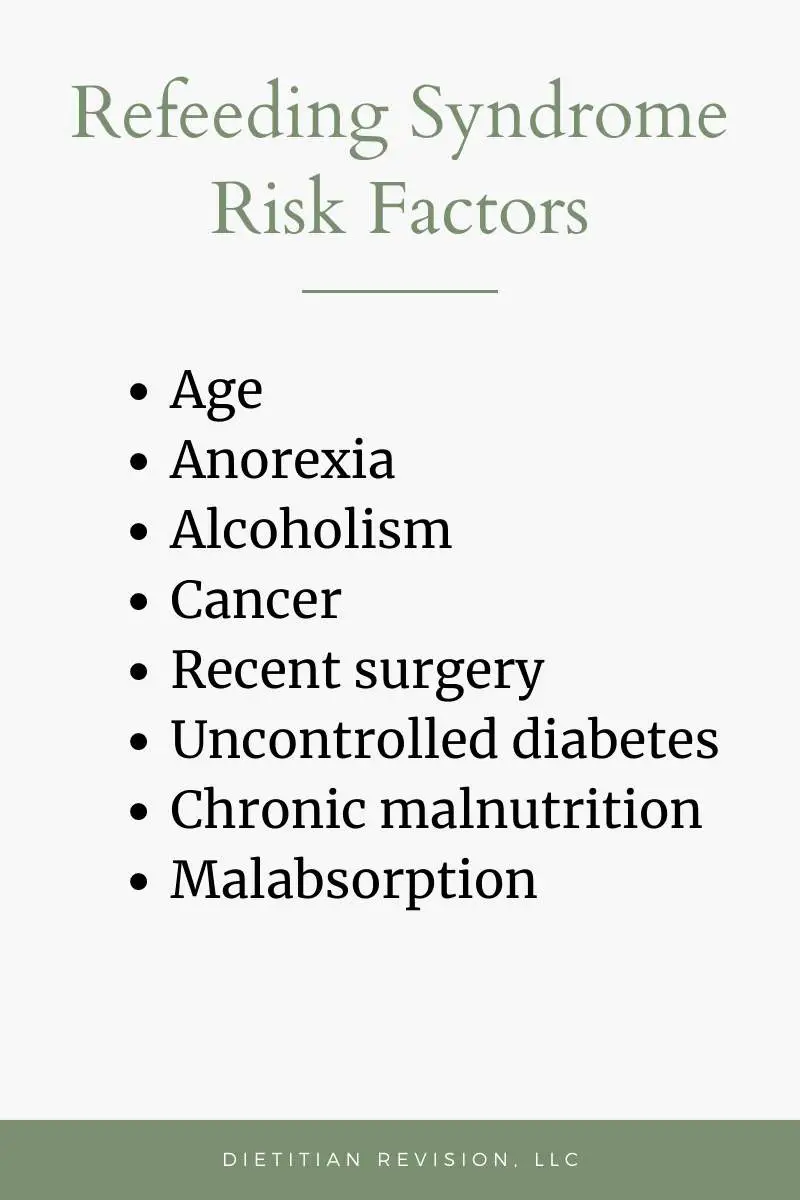
Infection
Feeding tubes that are inserted into the stomach (gastrostomy) can result in infection at the insertion site.
Keeping the area clean per your healthcare provider’s orders is important for prevention. Treatments and/or dressings may be ordered.
Fluid Imbalance
People with fluid needs met via a feeding tube are at increased risk for over or under-hydration.
This is especially true for those who are dependent on a caregiver to give them proper fluids.
It is important to observe for signs and symptoms of dehydration:
- Dry, furrowed tongue
- Cracked lips
- Sunken eyes
- Dry skin
- Poor skin elasticity
- Altered mental status
- Delayed capillary refill time
- Increased pulse
- Dark, strong smelling urine
- Decreased urine output
- Abnormal lab values
Consult the health care team if any of these symptoms persist, as flush adjustments may need to be made.
Some conditions, such as heart failure or kidney disease, can impair the body’s ability to rid itself of fluid properly.
This can increase risk for fluid retention and could result in fluid overload. Signs of fluid overload may include:
- Rapid weight gain
- Swelling
- Shortness of breath (SOB)
- Increase in blood pressure
Inform healthcare providers in any symptoms, so tube feeding and flush regimen can be adjusted as needed.
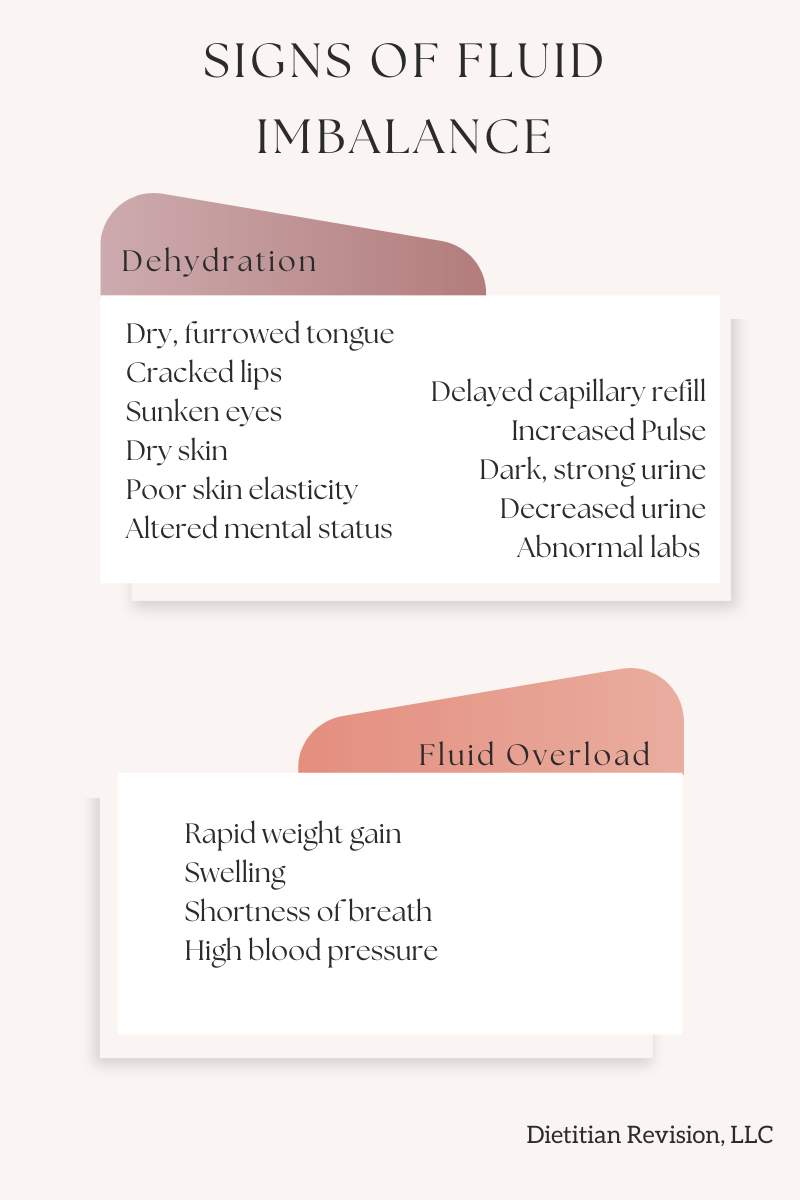
Hyperglycemia
Hyperglycemia is when there are higher than normal levels of sugar in the blood. This most commonly occurs during diabetes.
There is less risk of hyperglycemia with intermittent or bolus tube feedings, since they mimic an actual meal.
With continuous enteral feedings, there is a steady source of “sugar” going into the bloodstream. This increases the risk for hyperglycemia.
Diabetic medications may need adjustment with implementation of tube feedings.
There are also diabetic tube feeding formulas that may help with diabetes management.
Complication Management
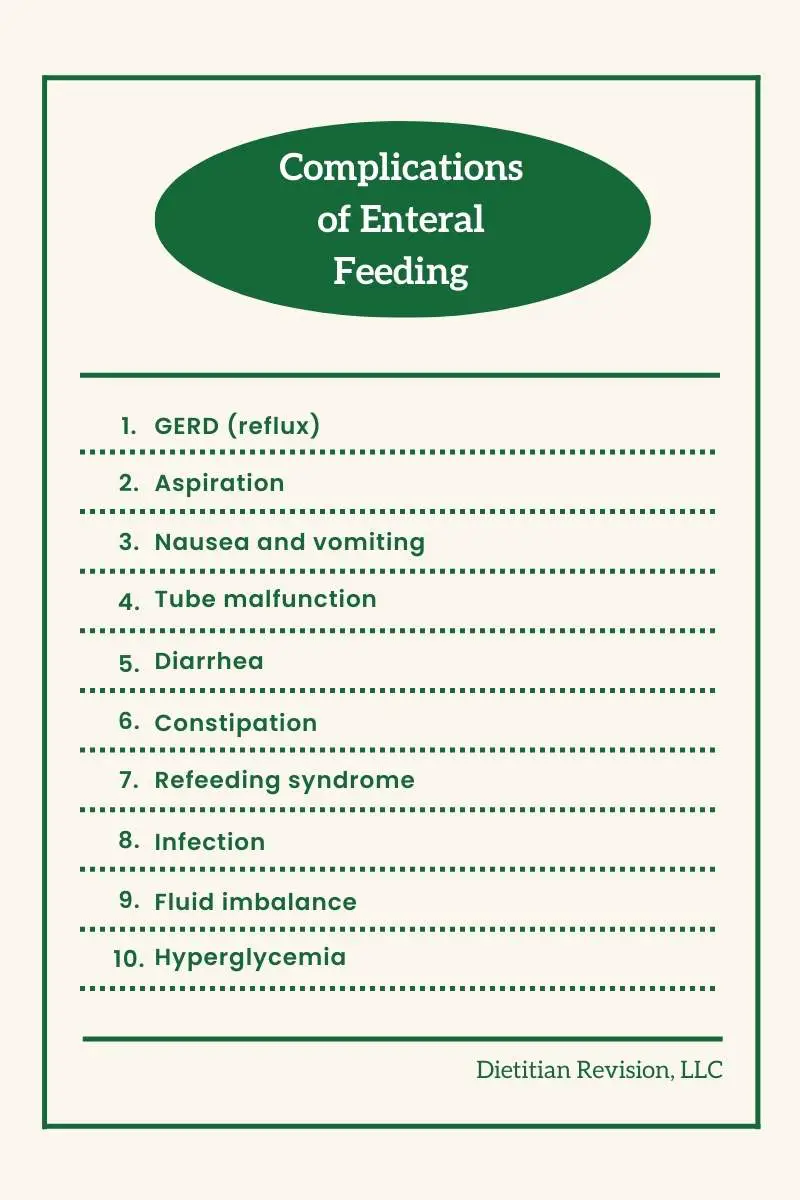
Caregivers should be taught by healthcare professionals, either inpatient or from home healthcare, how to properly administer tube feedings and water flushes.
Education regarding observation for potential complications should also be conducted, so caregivers know when something is abnormal and who to contact.
Some complications discussed may resolve on their own and adjustment to the enteral nutrition occurs.
Other times rate adjustments or formula changes may need to be made by the healthcare team. Medications may also need to be added or discontinued.
In more complicated situations changing to a different type of feeding tube may be warranted, which would ultimately be determined by the physician.
Practical Takeaways
Many people are able to live a relatively “normal” life with a feeding tube. With aging, they may be more difficult to manage as time progresses.
Enteral feedings allow for a way to provide nutrition when adequate nutrients by mouth are not feasible, but there are potential complications that can occur.
GI related complications are most common, especially diarrhea and GERD.
Administration rates, water flushes, and formula type may need adjustments in order to manage complications.
Monitoring is important for timely notification to the healthcare team.
